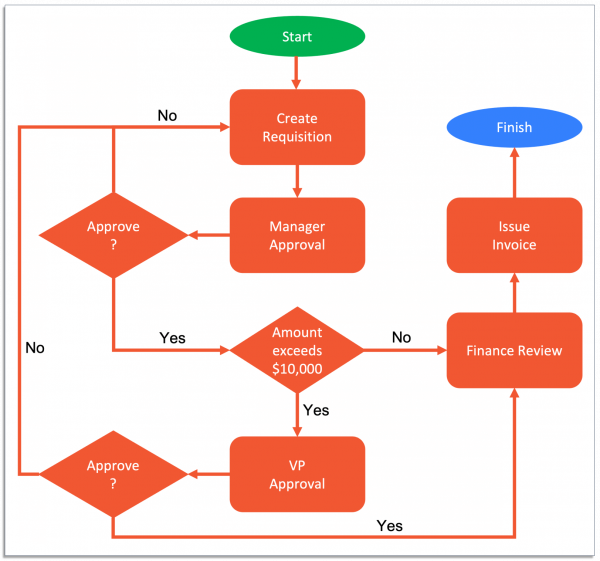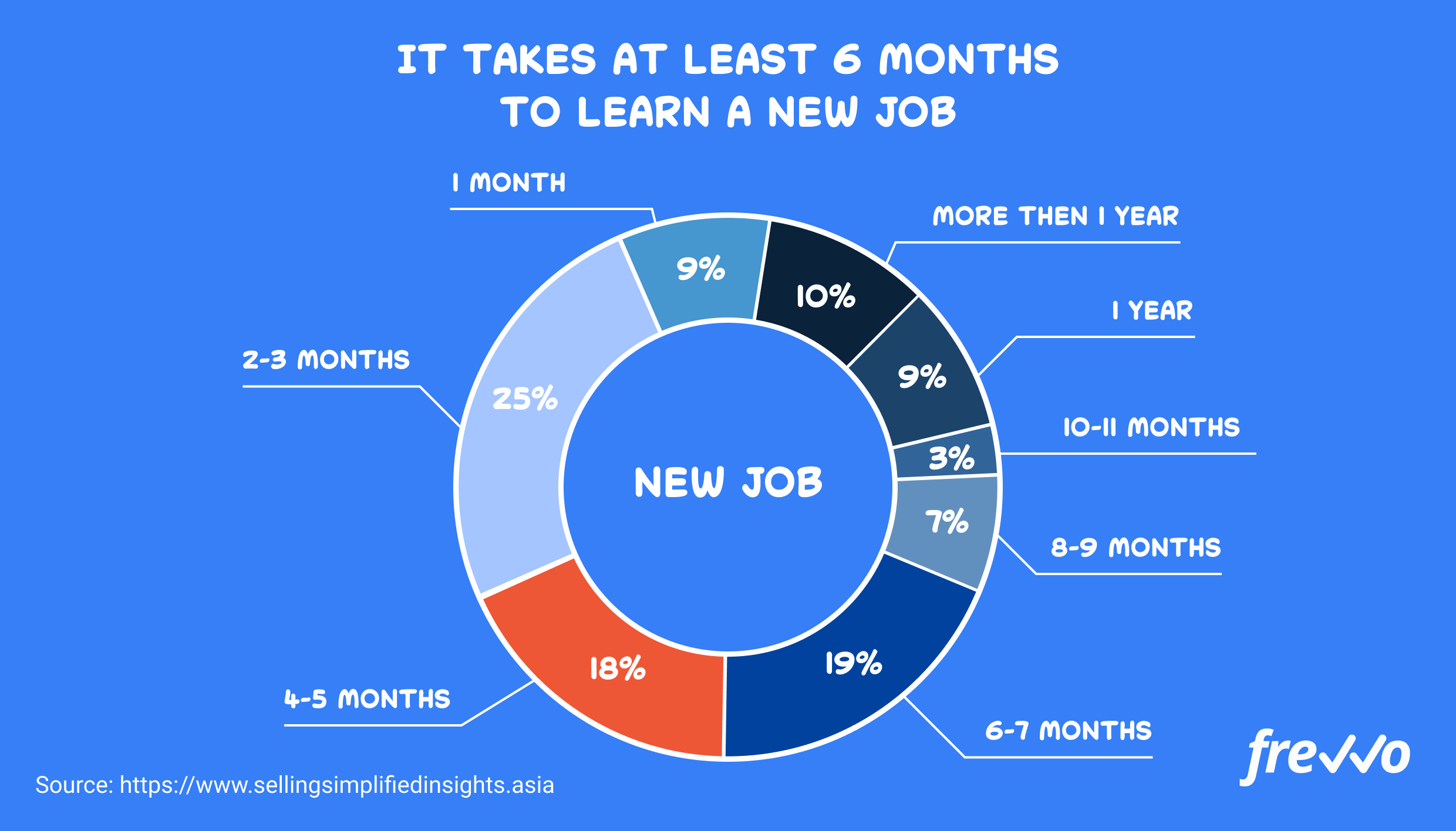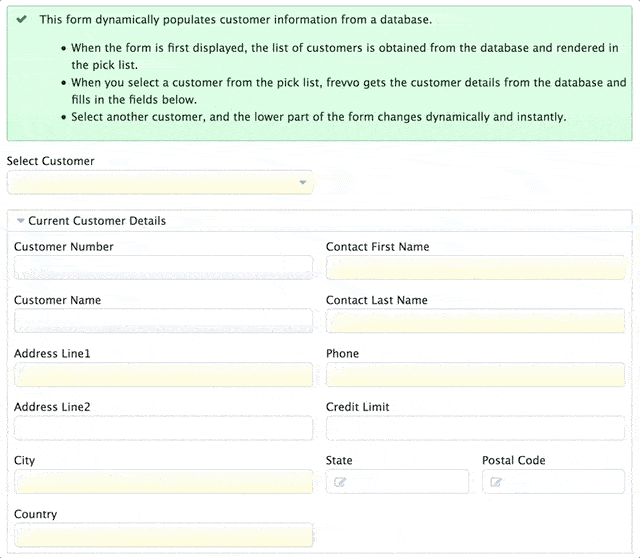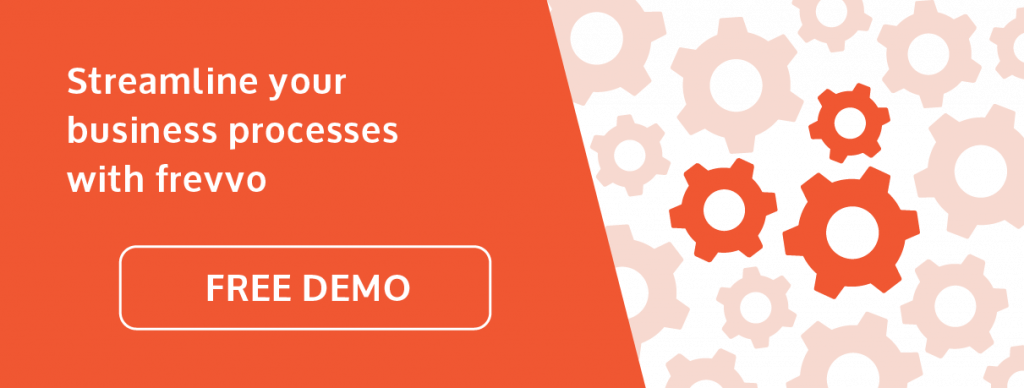Whether you’re creating a proposal, approving an invoice, or resolving a customer complaint, you generally follow a process or a set of steps.
However, problems like role ambiguity, lack of transparency, and low employee engagement can occur when processes aren’t clearly defined — all of which can lead to inconsistent results and poor customer experiences.
So how can you standardize how work gets done? How can you keep your teams aligned and on the same page?
Creating business process flows can be a good place to start.
Keep reading to learn more about business process flows, including what they are, how to create them, and practices to follow to make them work for you.
Click the links below to jump into the section you want to learn more about:
- What Is a Business Process Flow?
- What Is the Value of Creating Business Process Flows?
- 5 Steps to Create a Business Process Flow Diagram
- How to Make Business Process Flows Work For You
What Is a Business Process Flow?
A business process flow is a flowchart or diagram that illustrates each step of a process, including what tasks are performed and who is responsible for them.
Whether it’s preparing a contract or processing an invoice, defining the exact steps needed to achieve a desired outcome helps your company standardize its processes and keep teams accountable.
Here’s an example of a process flow diagram for purchase orders:

A business process diagram uses standardized symbols to denote each step:
- Oval: Ovals indicate the start and endpoints of a process.
- Rectangle: Rectangles represent a task or activity (e.g., create a purchase order).
- Diamond: Diamonds indicate a decision, typically in a yes or no question.
- Arrow: An arrow shows the direction of a process from one step to the next.
Creating process flow diagrams sounds like a no-brainer. But most companies still rely on processes that aren’t documented.
Just 2% of organizations have modeled all of their processes, and 62% have only documented up to 25% of their processes.

If you’re still taking an ad-hoc approach to processes, you’re missing out on opportunities to streamline operations and improve efficiency.
Take Activ8 as an example.
The company had a process to assess solar solution readiness for prospects. But it was unorganized and frequently bogged down by paperwork.
A salesperson would fill out a form in a customer’s home and mail it to the office for someone to manually input the information in the system. These steps had multiple points of failure and created an inefficient sales cycle.
Activ8 turned to frevvo’s business process automation software to fix its process.
With a new customer order workflow, sales teams can determine eligibility and deliver accurate estimates in an instant. Customers can quickly sign an agreement and have the details emailed to them without having to wait days for snail mail to reach them.
What Is the Value of Creating Business Process Flows?
You may have a clear idea of how a process works. But unless it’s clearly documented, it leaves a lot of room for error — an employee may accidentally skip a step or neglect to follow a rule.
Creating business process flows can help your company internalize processes and continue delivering value to your customers.
Here’s how.
Prefer to see and hear it rather than read about it?
Let us show you how easy it is.
Increases Role Clarity and Engagement
Do your teams know what’s expected of them? All too often, employees receive a task with little guidance and are expected to know what to do.
Nearly 50% of employees across all sectors lack role clarity, suggesting that managers aren’t doing enough to set expectations. This can affect overall performance and even lead to burnout.
What’s more, just 36% of employees are engaged at work.

Business process flows help improve role clarity as they define what happens in each step of a process and who is responsible for them.
They also give employees a sense of ownership and autonomy over their work — both of which can increase job satisfaction and engagement.
Improves Employee Training
New hires don’t just hit the ground running on their first day. Even with a strong onboarding process, employees still need time to learn and adjust to their roles.
In fact, it takes employees at least six months to learn a new job.

You can use process flow diagrams to improve training materials and reduce time to proficiency for new hires. If employees have questions about a process, they can simply refer to the right diagrams.
Promotes Workplace Collaboration
Quality communication is key to promoting better performance.
However, 80% of employees report feeling stressed because of poor communication. 70% feel overwhelmed because of fragmented information. Providing your employees with ways to communicate helps them stay aligned and encourages collaboration.
Workflow software like frevvo includes functionality for teams to collaborate and stay connected throughout a process. For example, as a process moves from one step to the next, the system automatically notifies the person in charge.
Helps Enforce Compliance
Every company is subject to regulations. You can implement business rules into your business process flows to enforce compliance with company policies and regulations.
Since each step of a process is clearly mapped out, organizations can ensure they have the necessary records and documentation in place to meet compliance standards.
Take Varex as an example.
Varex incorporates business logic into its forms to require customs compliance information for international shipments. This ensures the logistics team has all the information they need when shipping orders abroad.
Now, let’s look at the actual steps to creating a business process flow.
5 Steps to Create a Business Process Flow Diagram
As we’ve seen, business process flows are valuable tools that can help increase role clarity, promote collaboration, and enforce compliance.
They also give you a high-level view of a process, which can uncover inefficiencies and help you put together a process improvement plan.
The good news is that creating a process flow diagram is easier than you think, especially when you use a low-code workflow platform like frevvo.
Follow these steps to get started.
1. Choose a Process
The first step is to choose a process that follows a defined set of steps and achieves a specific objective. It should also help your company generate a financial benefit when it’s optimized.
For example, slow invoice approvals can increase processing costs and hamper your ability to capture early discounts. Optimizing this process would have a positive impact on your company’s bottom line.
Here are other processes you can create flow diagrams for:
- Employee onboarding
- Purchase orders
- Contract approvals
- Procurement management
- Expense claims
- Time off requests
- Timesheet approvals
- Customer onboarding
Creating multiple business process flows at once can be challenging. Start with just one for now before moving on to other processes.
2. Define the Main Components of the Process
The next step is to break down the process. This will help you understand how it works and will come in handy when you create a flow diagram.
Processes consist of the following components:
- Name: Add a descriptive name to your process.
- Boundaries: Establish its start and endpoints.
- Activities: List out each process flow step in detail.
- Inputs: Determine the resources needed to complete a task.
- Outputs: Describe the desired outcome after completing the process.
- Roles: Define who is responsible for each step.
Get input from your team and consider walking through the process yourself to ensure you’re not missing anything.
3. Create Your Process Flow Diagram
The easiest way to create a workflow is to simply use a pen and paper. Draw the start and endpoints, and fill in the rest. Be sure to use standardized symbols as you map out each step.
Using a pen and paper is certainly convenient, as they’re readily available. But it’s not easy to “save” or share with others.
With a business process management (BPM) tool like frevvo, you can use the code-free interface to map and automate each step of a process — no need to hire a team of I.T. developers or allocate a huge budget.
You can start with a pre-built template, which contains a basic form, dynamic routing, and business rules to enable dynamic behavior.
Alternatively, you can also use the workflow wizard to create a business process flow from scratch. Fill out the details for each step, and the system will instantly generate a fully functional workflow.

Once created, you can use the drag-and-drop interface to customize the workflow to fit your business needs.
4. Analyze and Update the Process
Processes can become inefficient over time as your company grows. Your process flow diagram can help you find ways to improve them.
Ask the following questions as you analyze a process:
- Are there any redundant or unnecessary steps?
- Which steps frequently lead to bottlenecks?
- What tasks can you automate or eliminate?
- Are there any overly complex steps?
- Where are human errors likely to occur?
Let’s look at invoice approvals as an example.
Having one senior executive approve every invoice can quickly become a bottleneck depending on how many invoices your company processes a month. This can delay payments and hurt relationships with your vendors.
To update this process, you can assign more approvers. You can also use frevvo to add conditional routing to your workflow. For example, you can create a rule that routes invoices above certain values to a senior executive.
Here’s an example of an invoice workflow with conditional routing:

Once a manager approves an invoice below $10,000, it automatically routes to Finance for payment. This is just one example of how you can make a process more efficient.
Other ways you can use frevvo to improve workflow efficiency include:
- Auto-populating forms to reduce manual data entry
- Validating form submission data to prevent errors
- Sending reminders to speed up approvals
- Saving documents and writing data to external systems
- Collecting digital signatures instead of relying on snail mail
Make sure to run through several tests to ensure everything is working. Get feedback from your team and iterate a few times before deploying across your company.
5. Monitor and Iterate
Updating a process isn’t a one-time event. Continue to monitor your processes and seek improvements.
With frevvo’s analytics dashboard, you can track key performance indicators (KPIs) like output and cycle times across your processes.

Measuring the performance of your processes will help you spot potential bottlenecks and plan improvements. It’ll also help ensure that processes haven’t stagnated.
How to Make Business Process Flows Work For You
Business process flows can have a positive impact on your bottom line when done right. Here are a few best practices to make them work for your company.
Involve Your Entire Team
Any changes you make to a process will likely affect how others perform their work. Make sure to involve your team from the start.

Involving your team demonstrates that you value their contributions. It’ll also help prepare them for any changes you implement.
Start With a Small Project
It’s easy to get carried away when embarking on any kind of project.
However, making lofty changes is sure to cause confusion and create some resistance. Start with one process to map and optimize. Then, you can gradually scale your efforts as you start seeing results.
Leverage Automation
So much valuable time gets wasted on mundane work. 94% of employees say they perform tedious and repetitive tasks in their roles.
As you create business process flows, look for steps that you can automate. For example, let’s say that employees frequently create the same forms.
With frevvo’s automation software, you can connect your forms to a database and automatically populate certain fields.

This helps to reduce manual data entry and minimize the risk of human errors.
Establish the Right KPIs
KPIs enable you to evaluate your improvement efforts on an ongoing basis, which can help steer you in the right direction. However, it’s important to establish KPIs that align and support business objectives.
Celebrate Milestones
Changing processes is by no means easy. Don’t forget to celebrate important milestones with everyone involved.

Recognizing your team for their work can go a long way toward facilitating change and building a stronger work culture.
Create Business Process Flow Diagrams Today
Business process flows help you standardize how work gets done, which can deliver more consistent results and increase operational efficiency. No matter what process you’re looking to map and improve, make sure you have the right tools.
frevvo’s workflow automation software makes it easy to create fully automated workflows without coding or requiring significant resources for a custom solution.
Ready to get started? Try a free 30-day trial to create your first business process flow in minutes, or request a live demo today.


